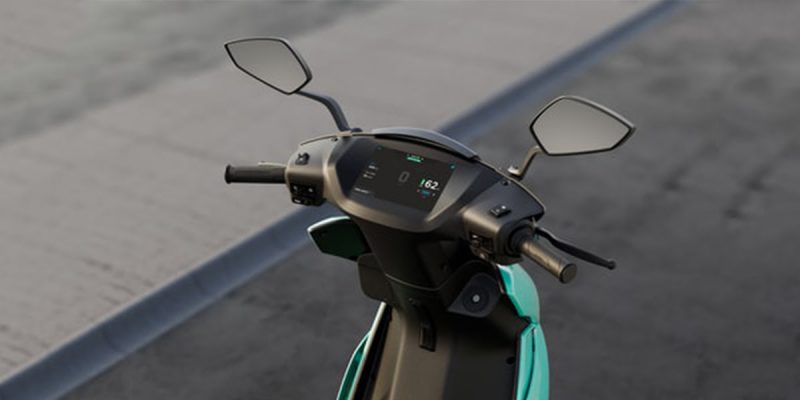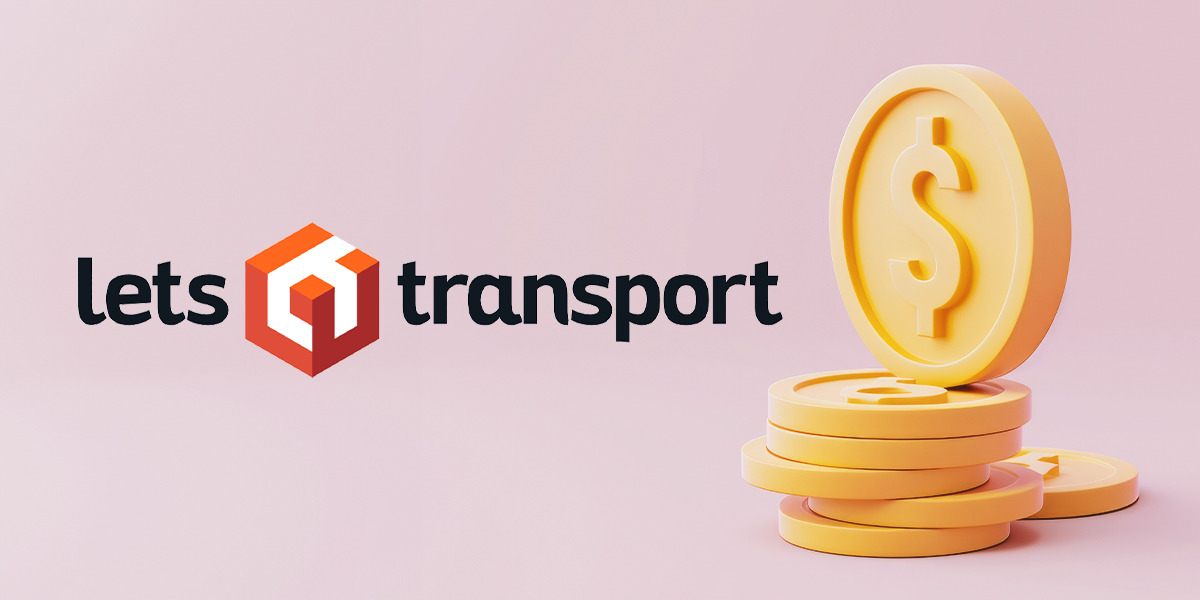The Indian government recently approved allocating Rs 25,938 crore to give an impetus to India’s automobile manufacturing sector, especially high value advanced automotive technology vehicles and components. The scheme, however, is being seen as a mixed bag for India’s burgeoning EV startup ecosystem.
While it is no secret that every production linked incentive (PLI) scheme across sectors has focused on scale, for a nascent sector like EV’s, it stands to reason, and looking at the early movers, that the scheme needed to be more inclusive. By failing to do that, the scheme will bear the stamp of inputs from only legacy players, who have been the very players urging a go slow on EV plans till now.
The contentious issue in the PLI scheme is that for companies to be eligible for it, they need to have a global group revenue of Rs 10,000 crore and two-wheeler EV players also have to invest Rs 1,000 crore in the next five years.
This is seen as a clear bias in favour of legacy players, who have actually gone slow on changing over. Startups in the pure-play two-wheeler space that Entrackr spoke to pointed out that while the scheme will indeed aid in increasing manufacturing in India, a lot of it is geared towards attracting big global players in the country.
For reference, Ather Energy, which is among the biggest two-wheeler EV makers in the country and has backing from Hero Electric, which in turn is the country’s leading two-wheeler EV manufacturer, had a revenue of Rs 79.8 crore in FY21.
“For upcoming two-wheeler EV companies, those are lofty figures. Very few young Indian companies will even be eligible for this scheme, let alone benefit from it. The scheme will certainly be great for your Hyundais and Tatas, but unfortunately, it does little to accommodate two-wheeler EV companies in India,” a founder of a two-wheeler EV company said on condition of anonymity.
The Society of Manufacturers of Electric Vehicles, India’s largest industry body representing EV companies echoed the same sentiment. Sohinder Gill, the association’s director-general said that most of India’s current small and medium EV OEMs and new startups may not qualify for the scheme.
“The scheme is especially beneficial for existing large players engaged in the automotive business and new entrants, as it will renew the interest of traditional players and motivate them to invest in the sector,” Gill said.
The scheme offers incentives for electric vehicles and Hydrogen fuel cell vehicles of all segments, along with incentives for advanced automotive technology components of vehicles, CKD/SKD kits, vehicle aggregates of two-wheelers, three-wheelers, passenger vehicles, commercial vehicles and tractors.
The scheme doesn’t have much in terms of supporting the charging infrastructure in the country.
“One of the areas that needs special focus is the charging infrastructure segment. Charging infrastructure is not growing at the same rate as fleets (2W & 3W). To meet the demand of charging infrastructure for 4-5 million 2W & 3W EVs, the country needs about 100,000 charging points with a ratio of 1:50. We are nowhere close to this,” said Krishna K Jasti, co-founder and CEO of EVRE.
“It is therefore important that the government looks actively at this segment of the industry and provides adequate incentives for it to grow and meet the burgeoning demand in this sector,” Jasti added.
Another EV executive pointed out the ambiguity in the wording of the scheme. “It says that to be eligible, the group’s revenue should be Rs 10,000 crore. Now does that mean that Hero Electric, which has a stake in Ather Energy, can submit an application to qualify for the scheme together with Ather? These are some questions that need to be answered,” this person pointed out.
Even the older FAME II scheme which had allocated Rs 10,000 crore to be rolled out as incentives to push EV demand has seen very limited use for the actual EV startups leading the push to change markets. Gains under the latest scheme for these two-wheeler EV startups, if any, would be indirect, people we spoke to said.
Under the FAME II scheme, the government had allocated Rs 756.66 crore out of which a mere Rs 53.27 crore was utilised until June 2021, as per government data.
Unsurprisingly, big-ticket automakers welcomed the government’s latest move.
“The revised focus of [the] PLI scheme on alternative fuels, electric vehicles and utilisation of advanced technological innovation, will help the industry move faster towards the future technologies,” said TVS Motor Chairman Venu Srinivasan.
The auto industry body Society of Indian Automobile Manufacturers (SIAM) said that the scheme shows the government’s commitment to support the Indian auto industry by incentivising battery-electric and Hydrogen vehicles and a selected list of auto components while encouraging local investments and manufacturing.
The Automotive Component Manufacturers Association of India (ACMA), a group representing 850 manufacturers, said that the PLI scheme will aid India’s automotive value chain. “Further, with global economies de-risking their supply chains, the PLI will aid India in developing into an attractive alternative source of high-end auto components,” ACMA president Sanjay Kapur said.
Update: The story was updated with a comment from EVRE’s co-founder.














